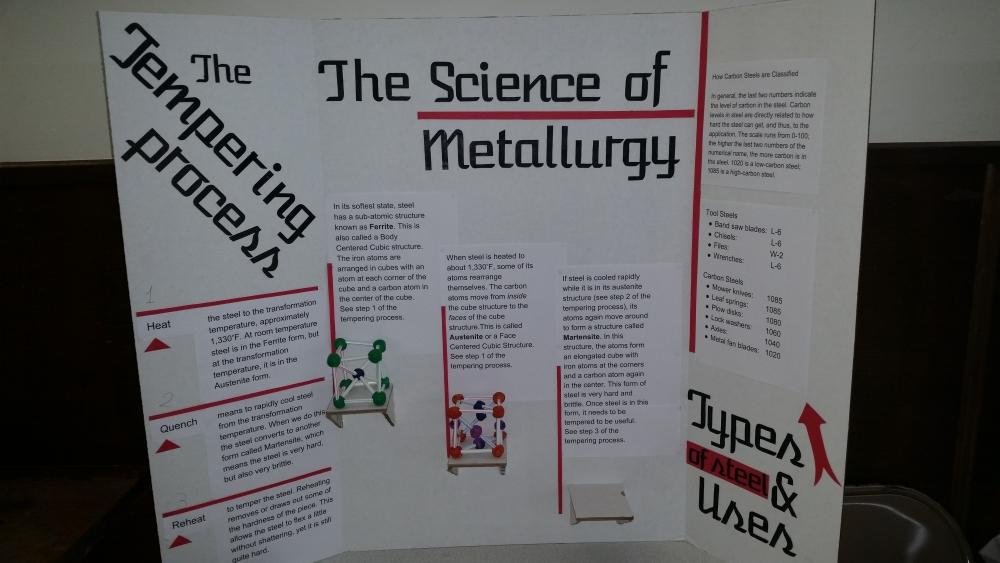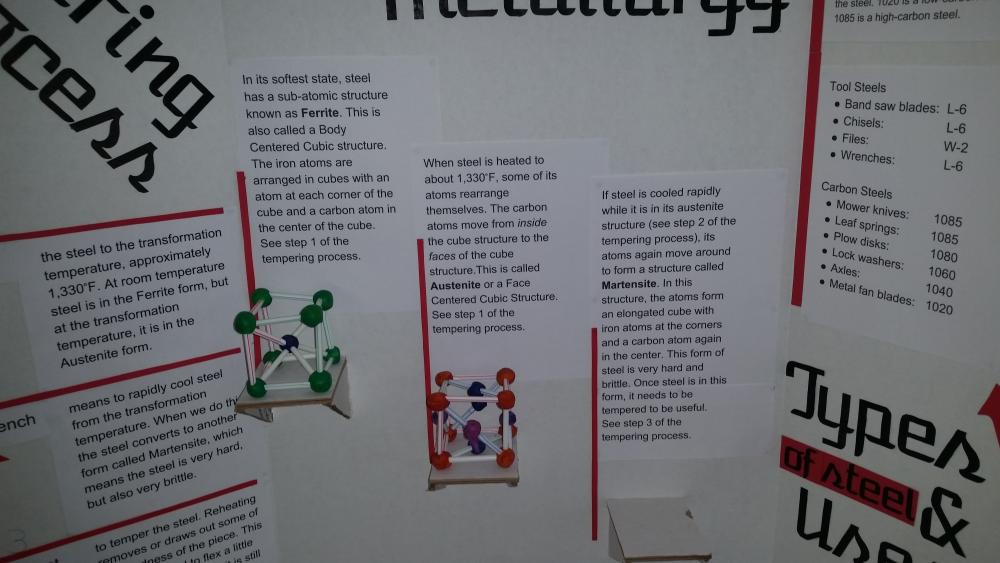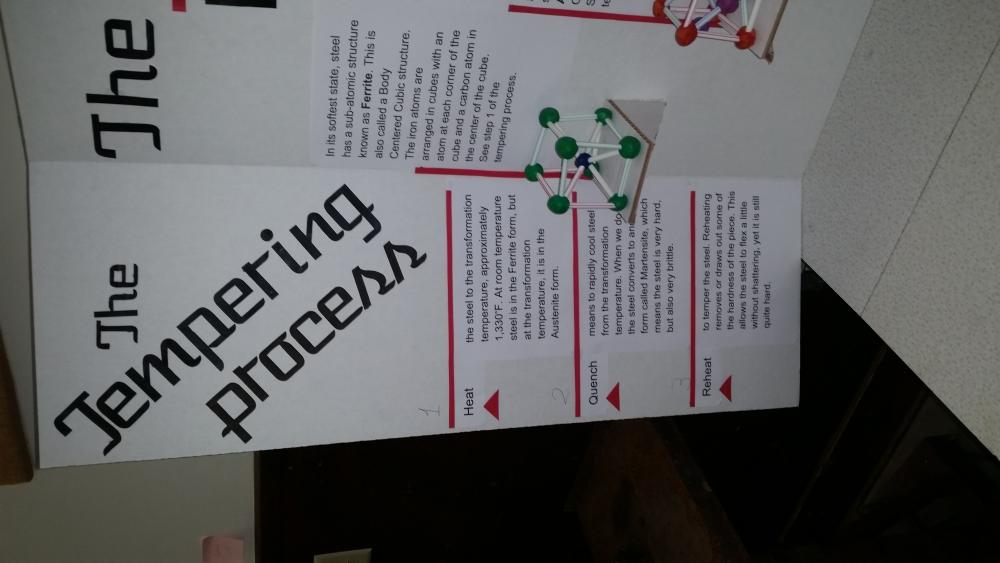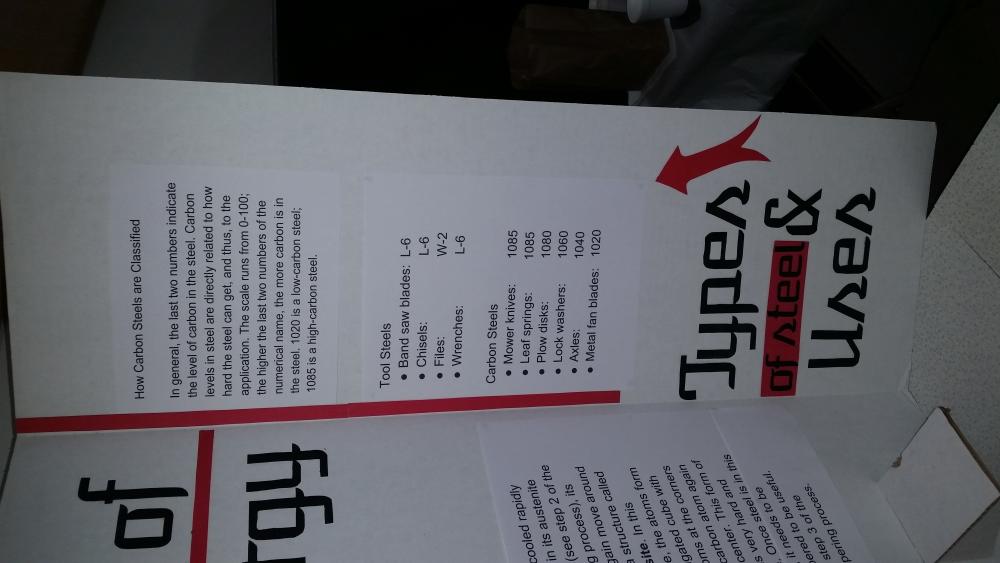
tonyw
-
Posts
133 -
Joined
-
Last visited
Content Type
Profiles
Forums
Articles
Gallery
Downloads
Events
Posts posted by tonyw
-
-
Ausfire, I guess you started the letter opener by cutting the spike like a Friedrich's cross? Do you remember offhand about how long those cuts were?
-
Notown, I don't want to nit-pick, but even if you got "curmudgeon" spelled right in your avatar description, the word "experianced" is actually spelled "experienced". I dunno if things like that bother you, but they will drive me crazy!
its fixed, it can be hard to spell correctly when typing with a 3# hammer
-
18 minutes ago, Garagedweller said:
My main concern at the moment is the crumbling edges of the face. I used this anvil once and they grew larger ( as my workpiece was farthest from that side) so I stopped working and figured I'd ask around for some advice on what to do.
Also, the "toes" I was referring to. Are the feet of the anvil if haven't mixed up terminology again.
Are you saying you used the anvil and the edges just crumbled away from your hammering?
-
The Kast-O-Light in my forge turned a toasty brown by maybe the third time I fired up the forge.
-
I'm really sorry about that Forging Carver. Here's a little advice from what I've experienced with my recent forge build:
I really would not worry about that crack in the refractory, especially if you put extra Plistix around that area. Once your forge gets up to temp, that refractory will be glowing red hot anyway, so a crack may not be such a big deal, especially if you have the layer of insulating blanket underneath yet. The crack is also not in a high heat area.
I hope your forge floor is going to be flat across. Even so, that still looks like a fairly large forge. I hope you will be able to get it up to temp.
I really do not know about that high temp paint flaking off. BUT, on my forge build, which I used Wayne Coe's products and plans, I just painted my forge shell with a coat of regular Rustoleum, no high heat rated stuff. That refractory is amazing stuff. So far, the only place the paint has burned off is around the door of my forge. For perhaps the first 45 minutes of running my forge, I can put my hand on the outside, so I think that regular paint will do fine. Another point about paint is did you take the previous coat of paint off? I'm sure the paint on freon tanks is not rated for high temp. Once you stuck in the oven, it probably burned off, which meant that your top coat of high temp paint had nothing to stick to, so it is now flaking off. This is what may have happened, but I don't know.
Frosty, try to be nice to him. I suspect he may be a perfectionist, which isn't all bad--I am one myself, at times. But perfectionists can make life hard for themselves by worrying about getting too many things right all at one time. I know that from experience.
Blessings to you,
Anthony
-
Jumbo, he said he gets his belts from McMaster-Carr.
Joel, how far are you from Tillers International? If you know what that organization is? I would love to come visit some time.
-
I always wondered how the ceramic blanket stayed in the upper part of a forge until I built my own. Ceramic blanket is not as stiff as cardboard, but definitely stiffer than the blanket on your bed. Once you press it into the arch form it stays in place by itself and then once you apply your refractory cement (I recommend Wayne Coe's Kast-O-Lite) it really will stay in place. No worries.
Also, a five gallon bucket may not be the best. Try an old portable air tank or a propane tank.
-
Here I am again. I said I would post what I understood once I really got it. I was trying to do this research for a science fair project. At the fair I demonstrated how to temper steel. I showed people that I could snap a quenched piece of 1/4" spring steel by hand, and they saw that I couldn't break it after I had tempered it to a blue, but I don't think they really got the exact science behind it, which was fine, I guess. I had a poster board with my understanding of basic metallurgy, which honestly, I barely got it myself. I thought I would put a couple pictures of my poster board, and if you feel like reading it, you can tell me what I got right and what I got wrong. And thanks to Thomas' suggestion, I did make some clay models. I think I learned a lot. The hard part was fitting an entire field of science on one little poster board, and then being able to explain what I put up there....
-
brake rotor?
-
Wayne Coe's plans are indeed slightly vague. I just built a forge with his plans. I just tried to "read between the lines" of his directions, and held my breath and hoped everything was right.....
-
Many thanks! I'll take your advice.
-
I was hoping to get by with a needle valve rather than a regulator; does that make a difference?
-
I feel embarrassed to ask this, since there is no mention of it in the plans, but I have no idea how to connect copper tubing to a propane tank. Would somebody mind helping me out?
-
Another question. The burner tube or mixing tube, whatever you call it, if you're building a 3/4" burner, you need a 6" tube. Does this 6" include the part that is screwed into the T? So the length outside the T is less the 6"? Or is this not really a big deal?
-
what sort of tongs are you using?
-
I must admit, I feel more confused than ever, I'm sure it's my fault. I'm sorry you have to deal with my thick-headedness. I bet its frustrating. I'll study this some more; if it's possible, I would like to develop a simple and general sort of explanation of the structure of steel that anybody can understand, which has got to start with me understanding it first. The best way to really learn something is to teach it to others. I'll try to post what I think I understand once I really get it... Thanks for being patient!
-
Oh, so I am missing a step. In order of size: atoms, structures, and then steel crystals or grains.
-
thank you for taking the time to reply. I'm not sure that I still understand this, but I will continue researching. Thomas, I really like your idea of the clay and toothpicks for models.
10 hours ago, tonyw said:So what I am wondering is, is steel kind of like Styrofoam, made up of little balls?
8 hours ago, latticino said:BTW, if you are identifying these "little balls" as atoms, then yes, steel is made up of little balls...
Well, I meant to say that steel, which appears to be solid, is made of cubic structures just like Styrofoam is made of little balls pressed together. Is that a correct analogy?
-
I was reading over Steve Sells intro to heat treating thread since I am doing research for a project on tempering for a science fair at our school. I am trying to understand if steel is really made of individual cubes? Steve says "At room temperature steel is in a body centered cubic structure. The cubes of steel have an atom at each of the 8 corners of the cube, and one [would this be a carbon atom or steel atom?] in the center of the box." So what I am wondering is, is steel kind of like Styrofoam, made up of little balls?
Another question is, before steel is heated, in its ferrite form, there is only one carbon atom present? and then at the curie temperature, 5 more carbon atoms suddenly appear and attach themselves to the faces of the steel cube? Where does that carbon come from? Perhaps there are some scientists here that wouldn't mind just looking at my questions a bit?.... Thank you.
-
Great! Thank-you very much!
-
Frosty, what is the effect of a .030 mig tip instead of a .035? Will a .030 work okay for a little while, at least if the forge doesn't need to get to welding heat?
-
I think the woodwork is just as good as the metalwork. How long do you expect the wood to stay solid? I guess in New Mexico it is pretty dry....
-
I think there is information about that second hollow anvil over at anvilfire.com, in the anvil gallery perhaps?
-
Yes, without thinking much I tried a possible answer to your question. I wouldn't know about welding vs. countersinking the rivet




Need to ID and anvil
in Anvils, Swage Blocks, and Mandrels
Posted
John Henry as in the legendary? southern strongman that won a race against a steam hammer?